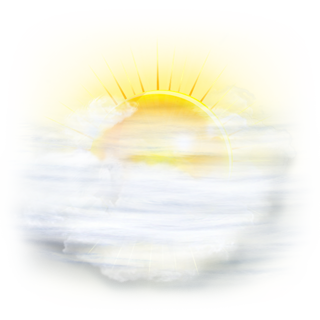Panelists from across the United States gathered for an online-panel about various aspects of the COVID-19 pandemic.
The panelists included Elanah Uretsky (IGS/ANTH), Katherine A. Mason, a Professor of Anthropology at Brown University, Jennifer Bouey, Tang Chair of Chinese Policy and Deborah Seligsohn, a Professor of Political Science at Villanova University as well as the former Environment, Science, Technology and Health Officer at the U.S. Embassy in Beijing.
The event was moderated by Allyala Nandakumar, the Director of the Institute for Global Health and Development and the M.S. Program in Global Health Policy and Management at Brandeis. Chandler Roseburger took questions from the audience and asked them to the panelists.
The first question the panelists addressed was the difference between a virus and a pandemic as well as why it took “the WHO such a long time to formally declare COVID-19 a pandemic?”
Bouey answered the question saying that “in terms of the virus and definition of pandemic, a pandemic is an epidemic that is spread to multiple continents, it fits that definition, now that we have more than 100 countries reporting cases.” In terms of why COVID-19 is so contagious, Bouey explained that “it is one of the seven types of coronavirus: four of the seven cause common cold, however the three others have caused SARS, MERS and now COVID-19. I believe COVID-19 is the most dangerous of them.” The reason why she considers it most dangerous, is because “most causes are mild, 80 percent, a lot of people can still move around when they first get it,” which means that people are able to quickly spread the disease without being aware that they are doing so.
The next question came from Nandakumar, who asked how the recent downturn in relations between the United States and China has impacted the efficiency of the response. Bouey responded that after the SARS outbreak in 2003, “communication has improved between the Chinese Center for Disease Control (CDC) and U.S. CDC [who] worked shoulder by shoulder in the last 17 years, but in the last 3 years the collaboration is not as close as before.”
Seligsohn added that the Bush administration made the decision to help China with the outbreak. There was a huge argument to set up a flu program to collect samples from China, after which there was a field epidemiology training facility built and global disease detection program started with over 40 offices around the world after that. They have been reduced under the current administration, due to funding cuts.
Uretsky spoke about the effect that social media had on this epidemic. She said that a large part of the reason why the quarantine was successful was because China is an authoritarian regime and could impose harsh punishments for breaking of the quarantine, which is not something that could be done in Africa during the Ebola epidemic, for example. China’s response has been good because of the people that work in the CDC and China has built a good monitoring system, better facilities and new laws on public health emergencies. “The response to the epidemic has been very emotional and those emotions have played a large part in the way people and governments respond to the epidemic,” added Uretsky.
Mason added that a large problem with COVID-19 is that “in this time of year in the winter it is hard to distinguish between COVID-19 and other illnesses.” She also emphasized that “while China had been praised for its bold efforts we acknowledge the collateral damage on the Chinese people: small businesses going bankrupt, people stuck in China and migrant workers who cannot work.” When it came to the question of what other countries can do, she said that “quarantining millions of people is catastrophic.”
The event was sponsored by the departments of International and Global Studies, East Asian Studies, Health: Science, Society, and Policy Program, M.S. Program in Global Health Policy and Management and the Asia Pacific Center.


